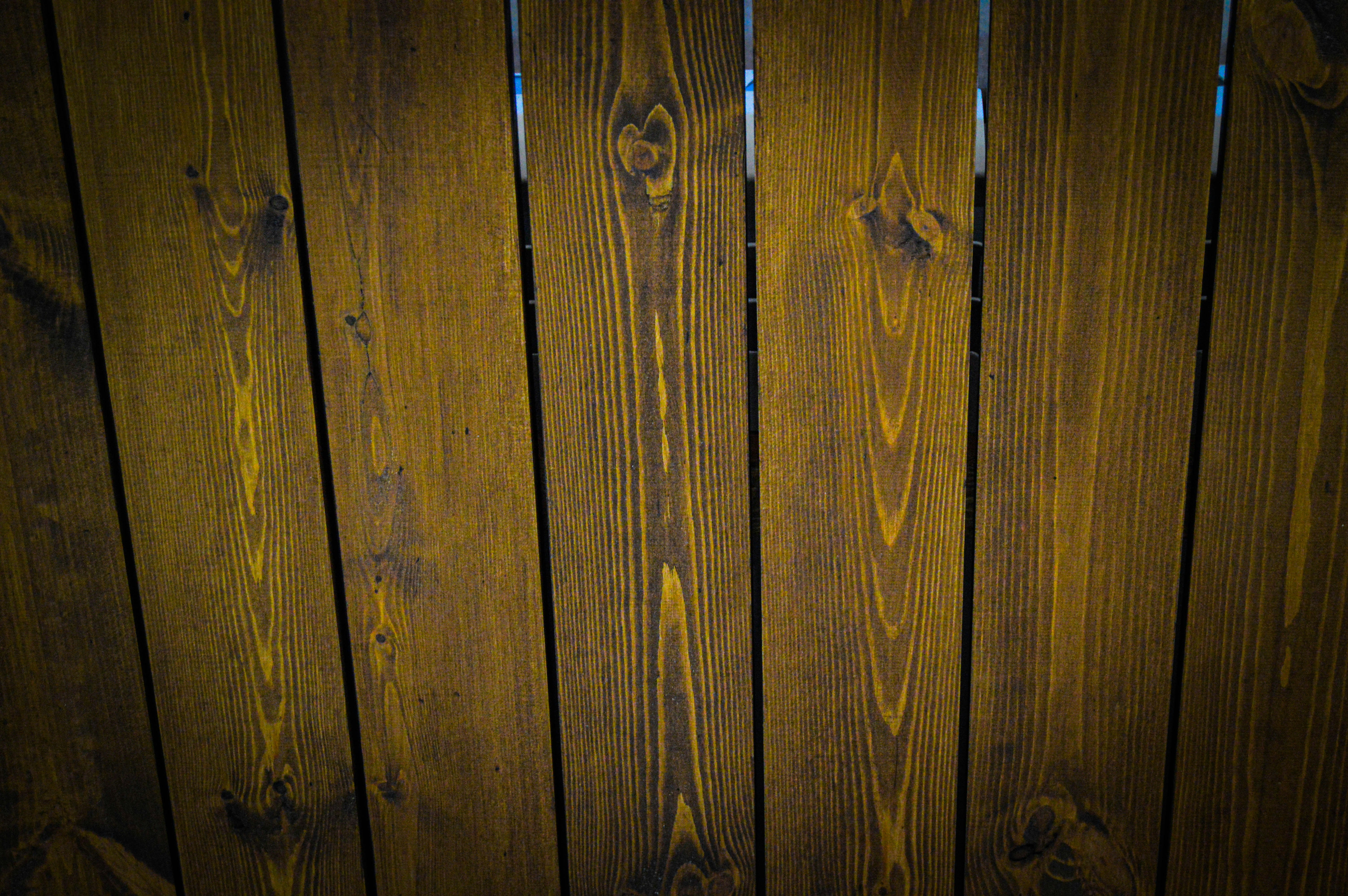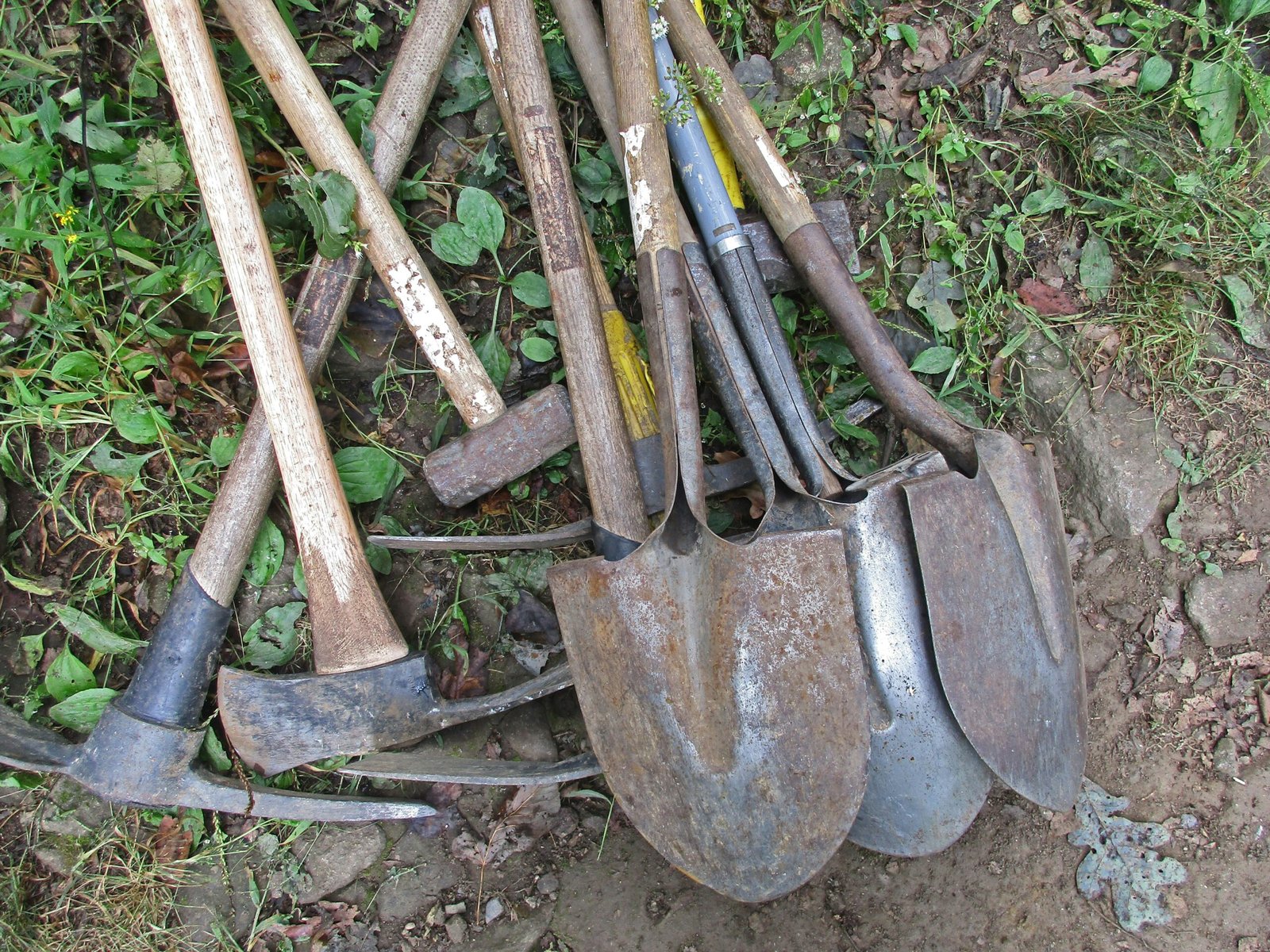Understanding Stain Penetration
Stain penetration in wood is fundamentally influenced by a variety of factors, including wood type, density, and moisture content. Different species of wood possess unique cellular structures, which ultimately affect how stains are absorbed. Hardwoods, such as oak and maple, typically have a denser cell structure than softwoods, such as pine and fir. This density can significantly impact the penetration level of stains, with denser woods often requiring more effort to achieve an even finish. Conversely, softwoods tend to absorb stains more readily, leading to varied appearance outcomes.
Moisture content is another critical factor in the stain penetration process. Wood that has been freshly cut or improperly stored can retain excess moisture, which can hinder the absorption of stains. Ideally, wood should be dried to an optimal moisture content before applying stains to facilitate effective penetration. This balance allows the chemicals in the stain to better interact with the wood’s fibres, leading to a richer and more uniform color.
The chemical composition of stains plays a vital role in how they interact with wood. Stains primarily contain pigments and solvents, which vary widely between products. For instance, oil-based stains tend to penetrate deeply and enhance the wood grain, while water-based stains typically offer quicker drying times and less odour but may not provide the same degree of penetration. Understanding the interaction between these chemical components and the wood’s cellular structure can help in selecting the most suitable product for a particular project.
As we move into 2025, new technologies are emerging that are geared towards improving stain penetration. Innovations in formulations now allow for deeper absorption while minimizing adverse effects such as blotching. By utilizing advanced staining methods paired with a thorough understanding of wood properties, artisans can achieve optimal finishes that highlight the natural beauty of the wood.
Analyzing Grain Patterns
The grain pattern of wood is one of the most significant factors influencing both the aesthetic appeal and the effectiveness of wood finishes. Each species exhibits distinct grain patterns, characterized by variations in texture, direction, and density. Common types of grain include straight, wavy, and curly, each contributing uniquely to the overall visual and tactile experience of the finished product. For instance, tight, straight grains are often preferred for formal applications due to their uniformity, while more intricate patterns, such as quilted or tiger stripes, are sought after for decorative pieces.
In the context of stain absorption, grain patterns play a critical role. Some woods, such as oak, have an open grain structure that allows for deeper penetration of stains, enhancing color richness and depth. Conversely, hardwoods like maple have a closed grain that can resist stains, necessitating special application techniques to achieve desired outcomes. Understanding the characteristics of different grain styles is vital for selecting the right staining products and methods. Techniques such as pre-conditioning the wood can mitigate discrepancies in absorption, resulting in a more even finish.
The year 2025 is anticipated to witness remarkable advancements in wood finishing tools and technologies that will further enhance our understanding of grain patterns. Innovations may include specialized applicators designed to work effectively with diverse grain orientations or new formulations that adapt to the unique properties of each wood type. These developments will allow woodworkers and finishing professionals to refine their techniques, ensuring optimal results regardless of the grain complexities. This focus not only improves the visual quality of finished products but also fosters a more profound connection between artisans and the natural beauty of wood.
Color Prediction Technologies
The advancements in color prediction technologies have significantly impacted the wood finishing industry, particularly as we approach 2025. Predictive algorithms and innovative software tools are now capable of analyzing various wood species and their unique characteristics, allowing users to anticipate the final appearance of their finishes before application. These technologies are not only enhancing the precision of color matching but are also making the process more accessible to both professional woodworkers and DIY enthusiasts.
One of the main benefits of these developments is the ability to achieve consistent results across different projects. By integrating databases containing information on wood grain patterns, moisture contents, and species-specific behaviors, modern color prediction systems provide users with reliable forecasts of how a specific stain or finish will interact with the wood. This information allows artisans to make informed decisions about their selections, resulting in an aesthetically pleasing final product.
The user-friendliness of these tools has been a significant aspect of their recent evolution. Many color prediction applications now come equipped with intuitive interfaces that simplify the selection process for users unfamiliar with the complexities of wood finishing. From smartphone applications enabling on-the-spot analysis to cloud-based platforms offering detailed reports, these resources empower users to create their desired look with confidence.
As technology progresses, we can expect even more advancements, such as real-time color adjustments and enhanced visualization tools. The integration of artificial intelligence and machine learning promises to refine the accuracy of predictions further, adapting to individual users’ preferences and the unique attributes of different wood species. This potential for growth highlights the importance of embracing new technologies in wood finishing, ultimately paving the way for a more vibrant and customizable approach to woodworking.
Best Practices for Wood Finishing in 2025
As we move into 2025, the advancements in technology and our understanding of wood characteristics present exciting opportunities for achieving outstanding finishes. Selecting the right stain and finish is vital and should align with the specific type of wood being worked with, as well as the desired aesthetic outcome. Understanding stain penetration is crucial; softwoods tend to absorb stains more deeply than hardwoods, which can influence the final appearance. It is essential to conduct preliminary tests on scrap pieces of the wood to determine how various stains interact with the natural grain patterns.
When it comes to choosing stains, water-based stains are gaining popularity due to their low VOC content and ease of cleanup. They tend to provide a clear finish that showcases the wood grain while offering vibrant color options. On the other hand, oil-based stains are preferred for their deep penetration and rich color—ideal for those looking for a more traditional finish. In 2025, eco-friendly options are becoming increasingly available, making it easier to prioritize environmental considerations without sacrificing quality.
Moreover, utilizing modern tools and techniques can significantly enhance the finishing process. For instance, aerosol spray finishes can provide a smooth, even coat that may be difficult to achieve with traditional brush applications. Advanced application methods, such as using a foam roller, help reduce streaks and promote uniformity. In addition, incorporating digital technology, such as spectrophotometers for color matching, allows for precise color prediction when mixing stains. This integration of technology can not only streamline the finishing process but also lead to consistently beautiful results across multiple projects.
Ultimately, by embracing these best practices for wood finishing in 2025, one can achieve professional-quality finishes that elevate the beauty of any woodworking project. Utilizing the right products, understanding wood behavior, and employing modern techniques will undoubtedly lead to impressive results that stand the test of time.
If you’re interested in purchasing the item you seek, please click the link for additional details: #americanachoice.
https://amzn.to/3SBN3Oy
AFFILIATE DISCLOSURE: I am an affiliate for this company, I am not a paid employee.
I may receive a commission if you click a link on this page and choose to purchase something.
You can rest assured I will only share things I believe in and will be valuable to you.



